Posted on 10/1/2025
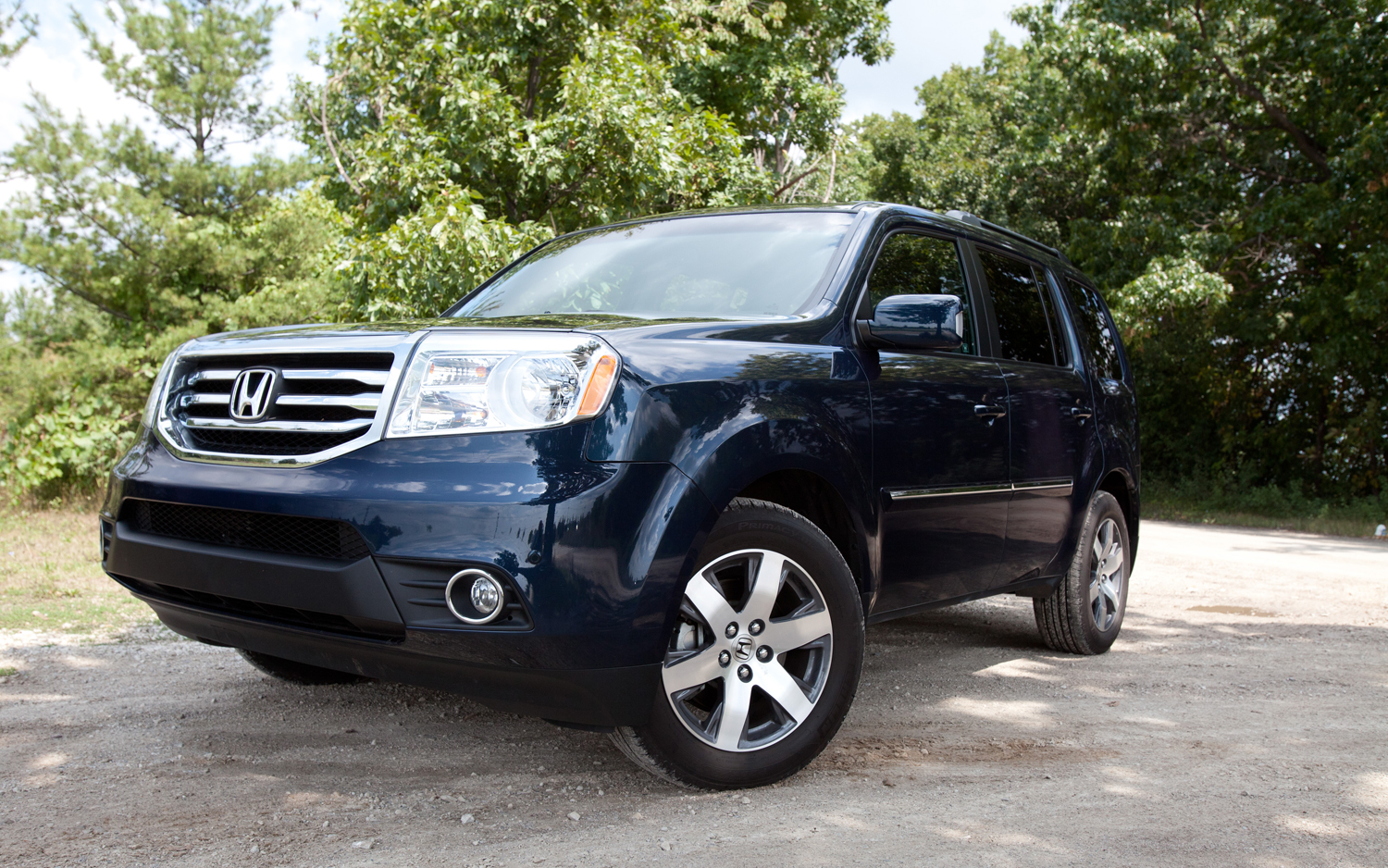
If you’ve noticed a popping or clicking sound when driving your Honda Pilot, especially while turning or accelerating, it could be a sign of an issue with your CV (constant velocity) axle. In SUVs like the Pilot, CV axles are critical components that transfer power from the transmission to the wheels while also allowing flexibility for the suspension’s up-and-down motion. Because Honda Pilots are larger, family-friendly vehicles often used for road trips, commuting, and sometimes towing, their CV axles endure significant stress. Over time, wear and tear can cause these parts to develop issues that present as popping or clicking noises. Addressing the problem early can prevent further damage and keep your Pilot safe and reliable. Common Causes of CV Axle Popping in a Honda Pilot 1. Worn or Damaged CV Joints One of the most common reasons Honda Pilot owners hear popping sounds ... read more
Posted on 7/23/2025
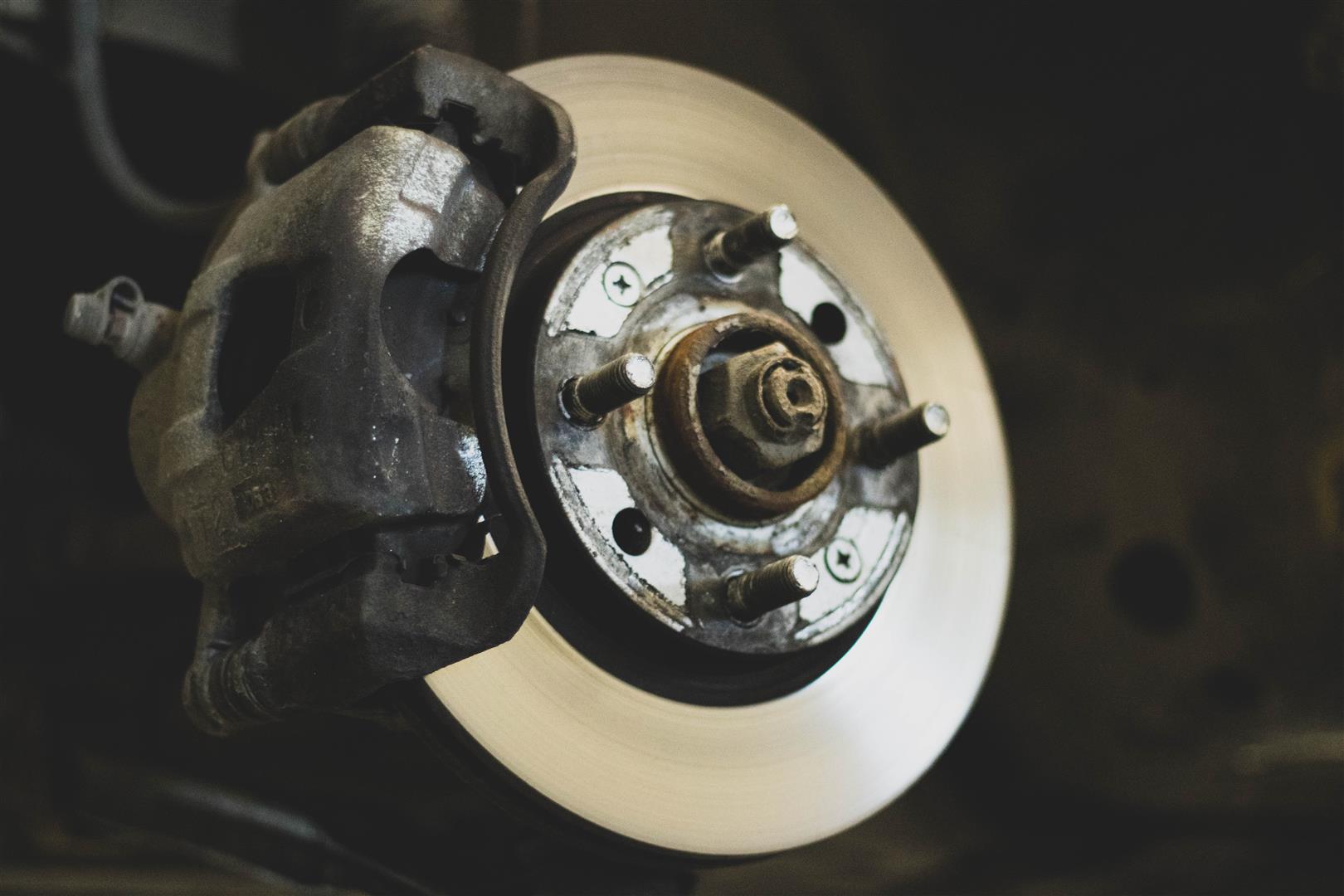
Why Your Vehicle Shakes While Braking (And Whether Rotors Can Be Resurfaced or Need Replacing) Experiencing shaking or a pulsation in your vehicle when applying the brakes can be unsettling—and it’s often a sign that your brake rotors are warped or uneven. Here's a breakdown of why this happens, what "thickness variation" means, and when you can resurface versus needing a full rotor replacement. 1. Why Does the Car Shake When Braking? A common culprit behind steering wheel or pedal vibrations during braking is warped brake rotors. As rotors wear unevenly from heat and friction, they develop high and low spots that cause the brake pads to apply uneven pressure. This results in a noticeable shaking sensation through the steering wheel or brakes . 2. Understanding Rotor Thickness Variation (DTV) ... read more
Posted on 5/14/2025
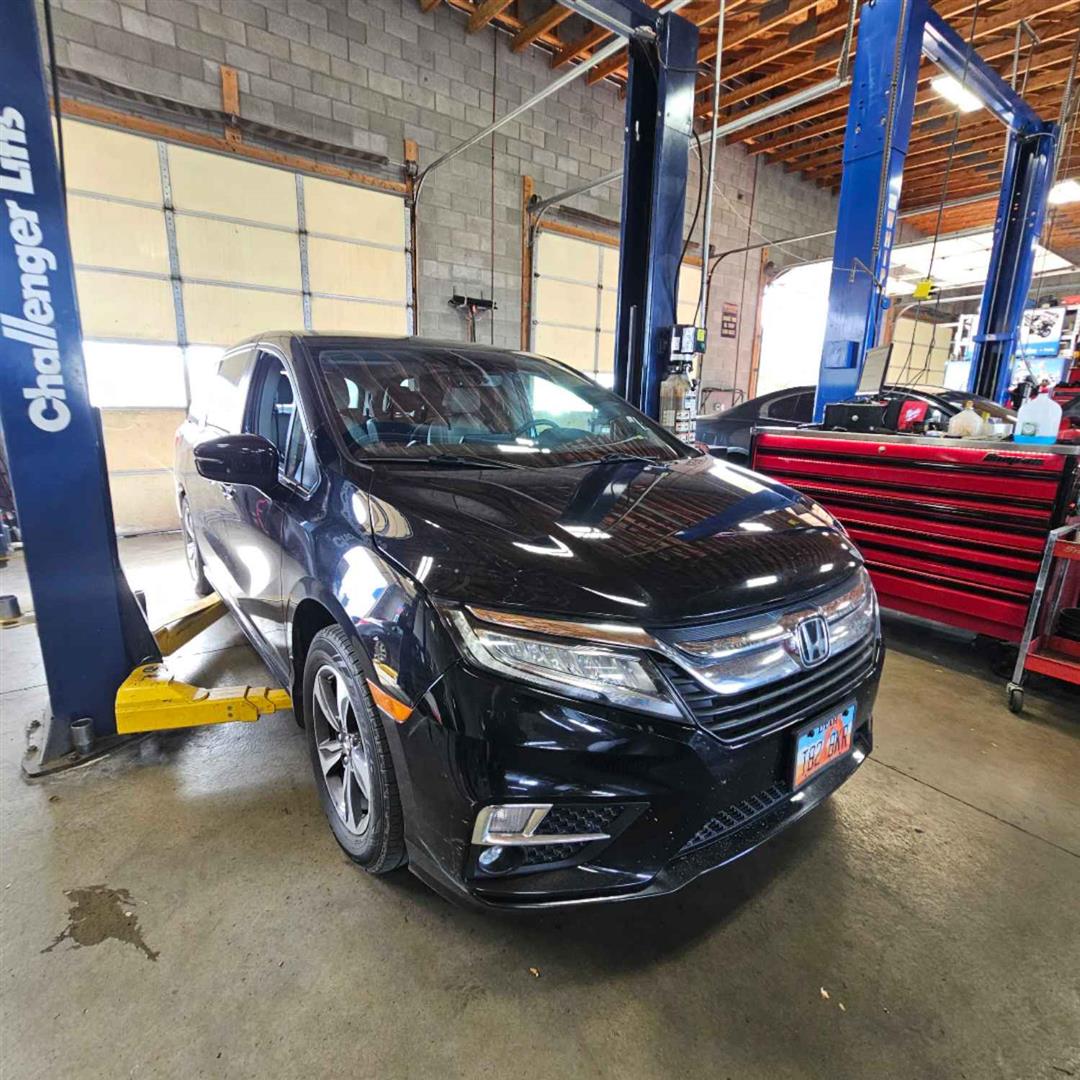
If you're hearing a popping or clicking noise when turning or accelerating in your 2018 Honda Odyssey, it could be a sign of trouble with your CV (constant velocity) axle. This component plays a vital role in delivering power from the transmission to your front wheels while allowing for the movement of the suspension—something especially important in a front-wheel-drive vehicle like the Odyssey. Common Causes of CV Axle Popping in a Honda Odyssey One of the most common reasons for that popping noise is a worn or damaged CV joint. The CV joint in your Odyssey is designed to bend and rotate while maintaining consistent power delivery. It’s protected by a rubber boot filled with grease. Over time, this boot can crack or tear, allowing dirt and moisture to get in and grease to leak out. When that happens, the joint wears down—and that’s when you start to hear clicking or popping sounds, especially during sharp t ... read more
Posted on 3/13/2025
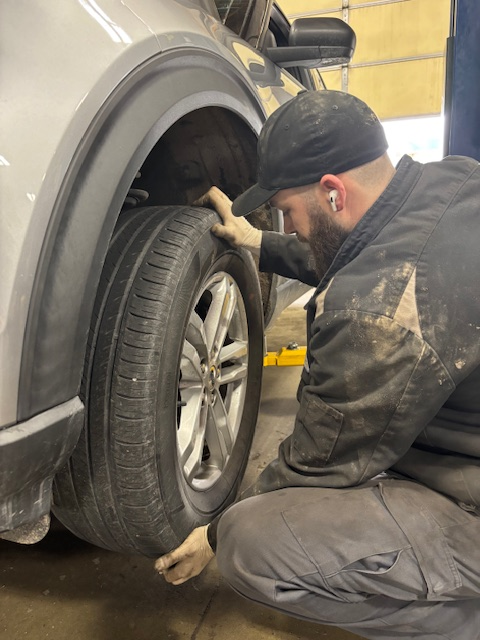
Your vehicle’s wheel bearings are essential components that allow your wheels to rotate smoothly with minimal friction. While these parts are designed to withstand heavy loads and constant motion, they can wear out over time. Knowing the signs of a failing wheel bearing can help you address the issue early, ensuring your safety and preventing further damage to your vehicle. Here’s what you need to know about identifying a bad wheel bearing: What Does a Wheel Bearing Do? A wheel bearing is a set of steel balls or rollers enclosed in a metal ring, located inside the wheel hub assembly. It allows the wheels to spin freely while supporting the vehicle’s weight. Because wheel bearings endure constant pressure and movement, they can wear out, especially under harsh driving conditions or poor maintenance. Signs of a Bad Wheel Bearing If your wheel bearing is failing, you may notice the following symptoms: 1. Un ... read more
Posted on 3/13/2025
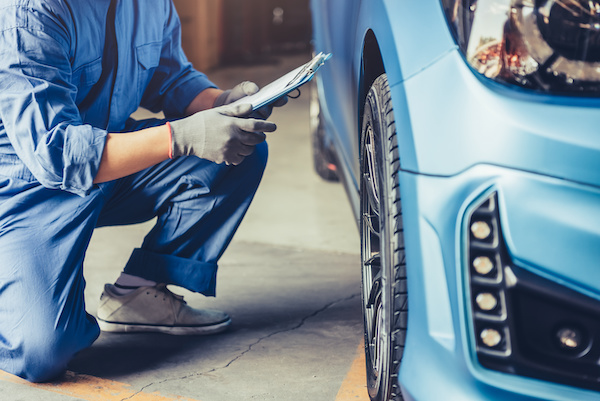
Your vehicle's ball joints are crucial components that connect the suspension system to the wheels, allowing for smooth steering and movement. Over time, these joints can wear out, compromising your vehicle's handling and safety. Identifying the signs of a failing ball joint early can help you avoid costly repairs and ensure a safer driving experience. Here’s what to watch for: 1. Clunking or Popping Noises One of the most common signs of a bad ball joint is a noticeable clunking or popping sound, especially when driving over bumps, making turns, or hitting potholes. This noise occurs as the worn ball joint rattles within its socket, indicating excessive movement. 2. Uneven Tire Wear Worn ball joints can cause your wheels to become misaligned, resulting in uneven tire wear. If you notice excessive wear on the inside or outside edges of your tires, it may be due to a loose or failing b ... read more